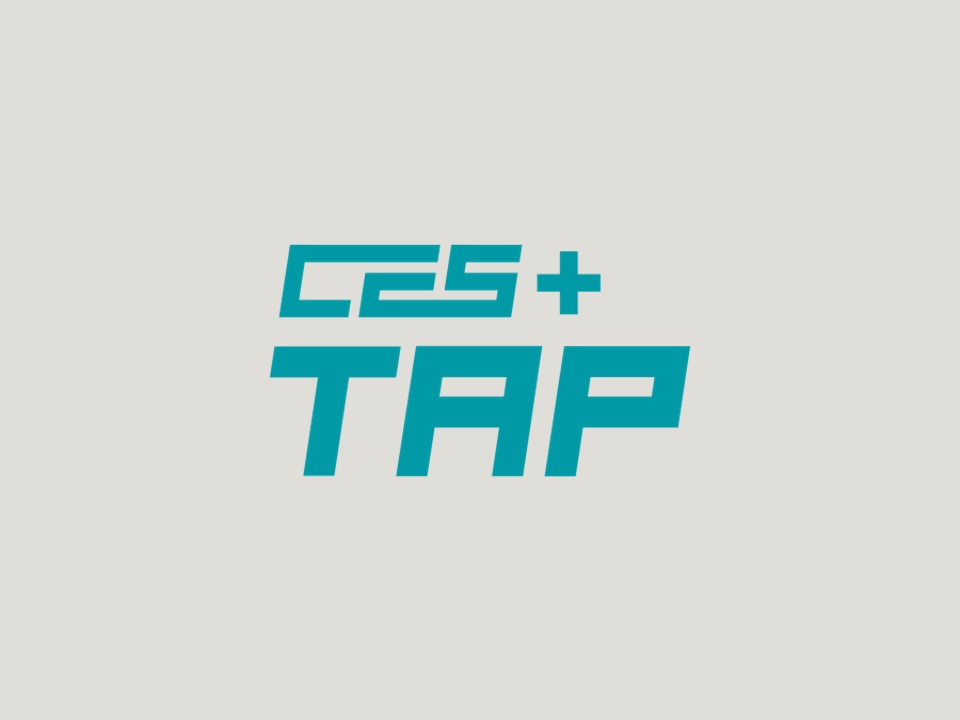
The Reading Room – May 2024
Tips & Tricks for Struggling Readers.
This month we will be exploring the Structured Literacy component of letter/sound(phoneme-grapheme) correspondence. According to the International Dyslexia Association’s Fact Sheet on Structured Literacy:
“Sound-Symbol (phoneme-grapheme) correspondences. An alphabetic writing system like English represents phonemes with graphemes. Graphemes are letters (a, s, t, etc.) and letter combinations (th, ng, oa, ew, igh, etc.) that represent phonemes in print. The basic code for written words is the system of correspondences between phonemes and graphemes. This system is often referred to as the phonics code, the alphabetic code, or the written symbol system.
The correspondences between letters and speech sounds in English are more complex and variable than some languages such as Spanish or Italian. Nevertheless, the correspondences can be explained and taught through systematic, explicit, cumulative instruction that may take several years to complete.”
Students must be directly taught these letter/sound correspondences and depending on the severity of their dyslexia, these must be practiced consistently on a daily basis until mastered to automaticity. We know that our struggling readers need much more practice to master these tasks to be automatic with them.
Here are some tips and tricks to get you started.
Using Sound Deck Cards
Always have students say the letter name – keyword – sound ( b – bat – /b/)
Have a sound card deck available to show the students when doing these drills.
Letter Sound Instructional Video
Letter Name: Letter/Keyword/Sound – YouTube
Letter Sound Keyword Cards
https://drive.google.com/file/d/1XOIiZQHhKFT3l-Z8ZlwxG9SeCpR0szfQ/view
Letter naming Fluency Chart
https://drive.google.com/file/d/101Lt…
Florida Center for Reading Research – Activities for Kindergarten and First Grade (Scroll down to Phonics: Letter-Sound Correspondences)
https://fcrr.org/student-center-activities/kindergarten-and-first-grade
Florida Center for Reading Research – Activities for Second and Third Grade (Scroll down to Phonics: Letter-Sound Correspondences)
https://fcrr.org/student-center-activities/second-and-third-grade
Florida Center for Reading Research – Activities for Fourth and Fifth Grade (Scroll down to Advanced Phonics)
https://fcrr.org/student-center-activities/fourth-and-fifth-grade
Teaching Sound-Symbol Correspondences – The Literacy Brain
https://theliteracybrain.com/category/letter-sound-correspondences/
University of Florida Literacy Institute – Instructional Activities / Phoneme Grapheme Correspondences
Fun Activities for Sound-Symbol Correspondences for Younger Students – Florida Center for Reading Research
Medial Phoneme Spin
Letter Sound Bingo
Remember, many of these activities can be modified for your students depending on age and severity.
For questions, please contact:
Chris Fox – cfox@ces.org, Jessica Powell – jpowell@ces.org
Resources
Florida Center for Reading Research
University of Florida Literacy Institute
International Dyslexia Association, Just the Facts
Gaab Lab Next Steps in Reading Instruction
The Literacy Brain

